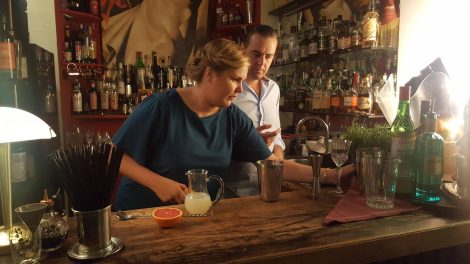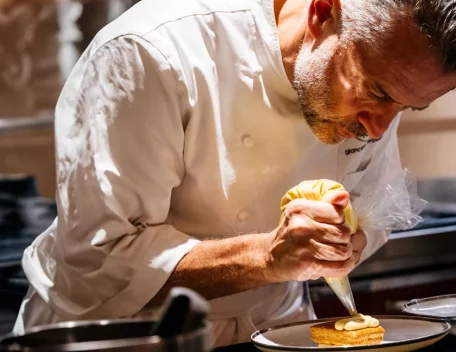Goodfellas and the mafia movies
When Scorsese gave life to Goodfellas in the 90s, the genre of mafia movies was already known (just think that The Godfather dates back to almost 20 years earlier). Scorsese, however, managed to add his author's touch, with a dramatic, frank, all too raw realism, but also ruthless humour, between cynical jokes and not too subtle sarcasm. But there's more: the protagonist of the film, Henry Hill (Ray Liotta), is nothing more than a boy, a clever teenager who aspires to take his place in the underworld of Brownsville, Brooklyn's infamous neighbourhood, under the protection of the boss, Paul Cicero. At his side are Jimmy Conway - Robert De Niro - and Tommy DeVito, a breathtaking Joe Pesci, capable of giving a sublime interpretation of this apparently calm but deeply unstable character, able to kill mercilessly to get what he wants and make his way among the gangsters, furious and schizophrenic (which earned him an Academy Award for Best Supporting Actor). It is not the great bosses, this time, who dictate the timing of the story, but those goodfellas, as they have continued to call themselves until the end, good because they are dedicated to the cause, because they work hard to achieve their goal. It is Liotta's voiceover, ironic and melancholy, that defines the boundaries of the plot. A boy, just a boy who lives his dystopian version of the American dream, taking 20-year-old Jimmy as an example and working day after day to become a true gangster.
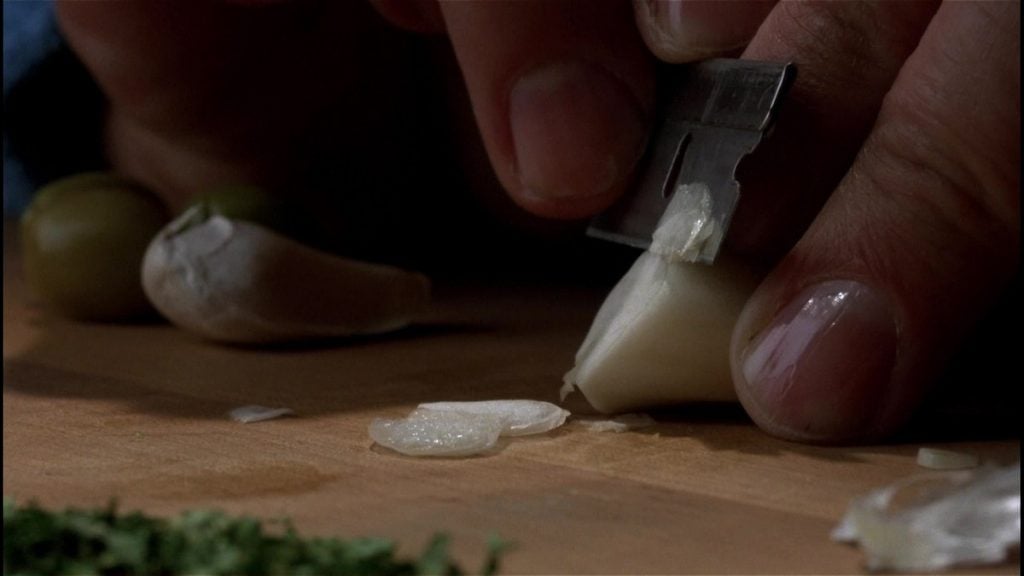
Dinner in prison
"Don't betray friends and always keep your mouth shut," are the two fundamental lessons that Conway transmits to him, the two that in the end, penniless and panicked, he betrays, joining the witness protection program and embracing the FBI. First, however, Henry and Conway are arrested during a heist in Miami, and their time in prison gives rise to one of the most famous gastronomic dinners in the history of cinema. "In prison, dinner was a great occasion," says Liotta's voice, "there was always a pasta course and a main course of meat or fish." Slicing the garlic with a razor blade is Paulie, "so thin it melted in the pan with very little oil," and then there is the tomato sauce prepared by Vinnie with three varieties of meat, "veal, beef and pork" but very little of the latter is enough. Everyone complains about too much onion, but they are "only three small ones," he replies, two one-kilo cans of tomatoes and that's it. Johnny, who smokes up the entire prison, is in charge of the meat: "When you think of prison, you think of those old movies where you see all those people complaining behind bars, but it wasn't like that for us goodfellas." The guards are on their side: salami, pork loin, cheese, Scotch, white and red wine and more bread arrive in the kitchen. On the notes of "Beyond the Sea," Scorsese outlines a typical Italian family dinner, which almost makes you forget the prison background.
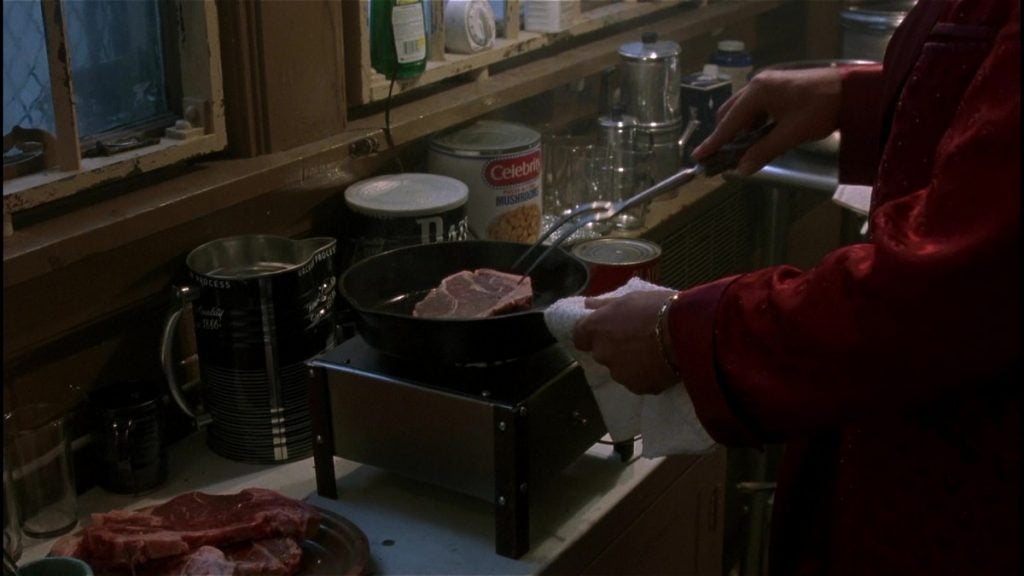
Mamma Scorsese's gravy and the history of ragù
Another gangster film, another famous sauce, like Clemenza's in "The Godfather." This time the recipe is not invented but inspired by the director's mother, Catherine Scorsese (aka Cappa), daughter of Sicilian immigrants and a passionate cook. The preparation is also present in the credits of the 1974 Italian-American documentary, also directed by Scorsese, in which the family talks about their experience as immigrants in New York, during a dinner in her apartment and Catherine teaches how to cook meatballs. The one in the film is a ragù more similar to the Neapolitan one, with pieces of whole meat, but it is a personal interpretation: in any case, the first to mention ragù in Italy is Vincenzo Corrado in "Il cuoco galante" dated 1773 , where he reports the recipe for a timbale of macaroni in a pastry crust. At the time, however, it was not a sauce for pasta but a dish in itself, which involved initially browning the meat in butter or olive oil, and then cooking it in broth with vegetables and aromatic herbs. The tomato sauce was then added by Francesco Leonari, author of "The modern Apicius" (1790), while the use of ragù to season pasta comes a few years later in the recipe book "La cucina casereccia" printed in Naples by an anonymous author who signed with only his initials M.F.
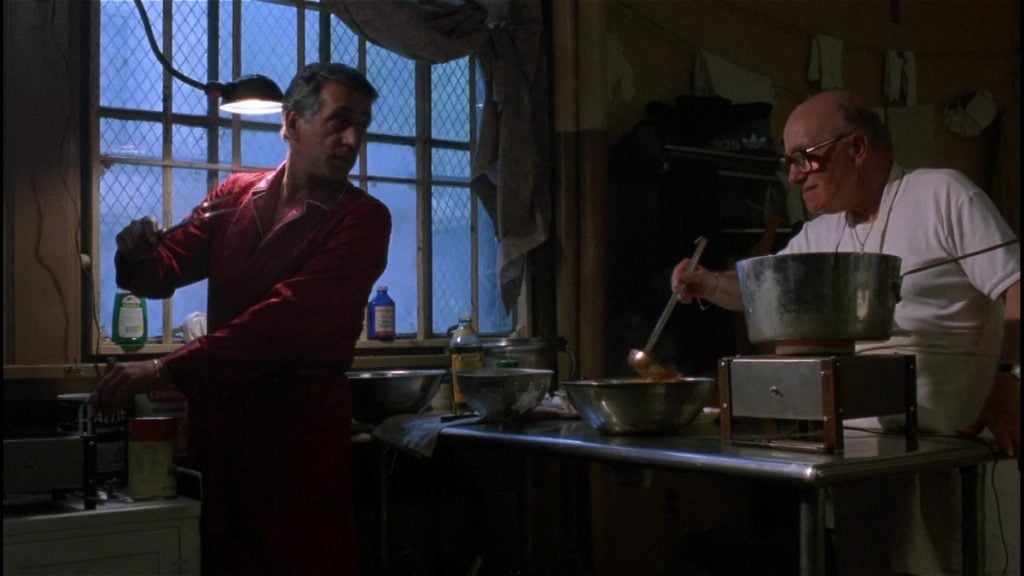
Goodfellas pasta sauce recipe
This time there is a recipe, found in the end credits of the documentary: the ingredients and procedure of Scorsese's mother, to create a faithful reproduction of the dinner enjoyed in prison.
Ingredients for 4 people
1 large onion
2 Tbsp. extra virgin olive oil
2 tins of peeled tomatoes
2 cups water
3 garlic cloves
5 Tbsp. fresh basil, minced
Salt
Pepper
Sugar
180 g veal, chopped
180 g beef, chopped
180 g pork, chopped
Finely chop the onion and garlic and fry in a pan with the olive oil. Add the pieces of meat and the basil. When the meat is evenly browned, remove from heat and leave on a plate. Add the tomato and water to the pan simmer. Add salt, pepper and a pinch of sugar and cook over low heat. Add the meat to the pan again and cook for an additional hour.
by Michela Becchi

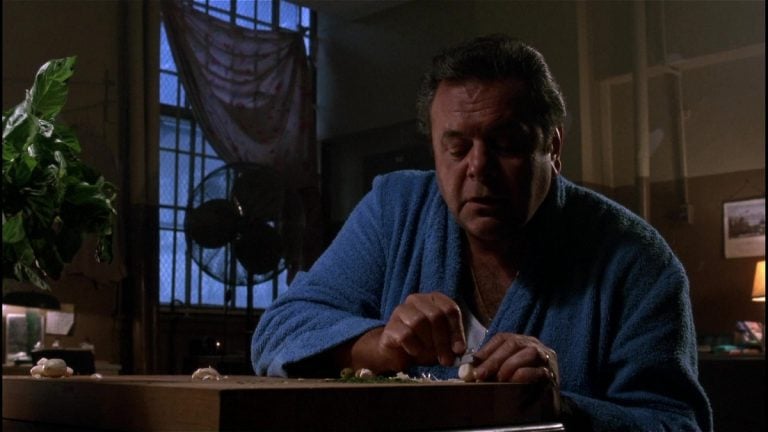
 What changes for the export of Italian wines to China under the new regulations?
What changes for the export of Italian wines to China under the new regulations? “Forget dealcoholised wines. The future is Komb(w)ine.” Moser and Ravizza present a new grape must-based product
“Forget dealcoholised wines. The future is Komb(w)ine.” Moser and Ravizza present a new grape must-based product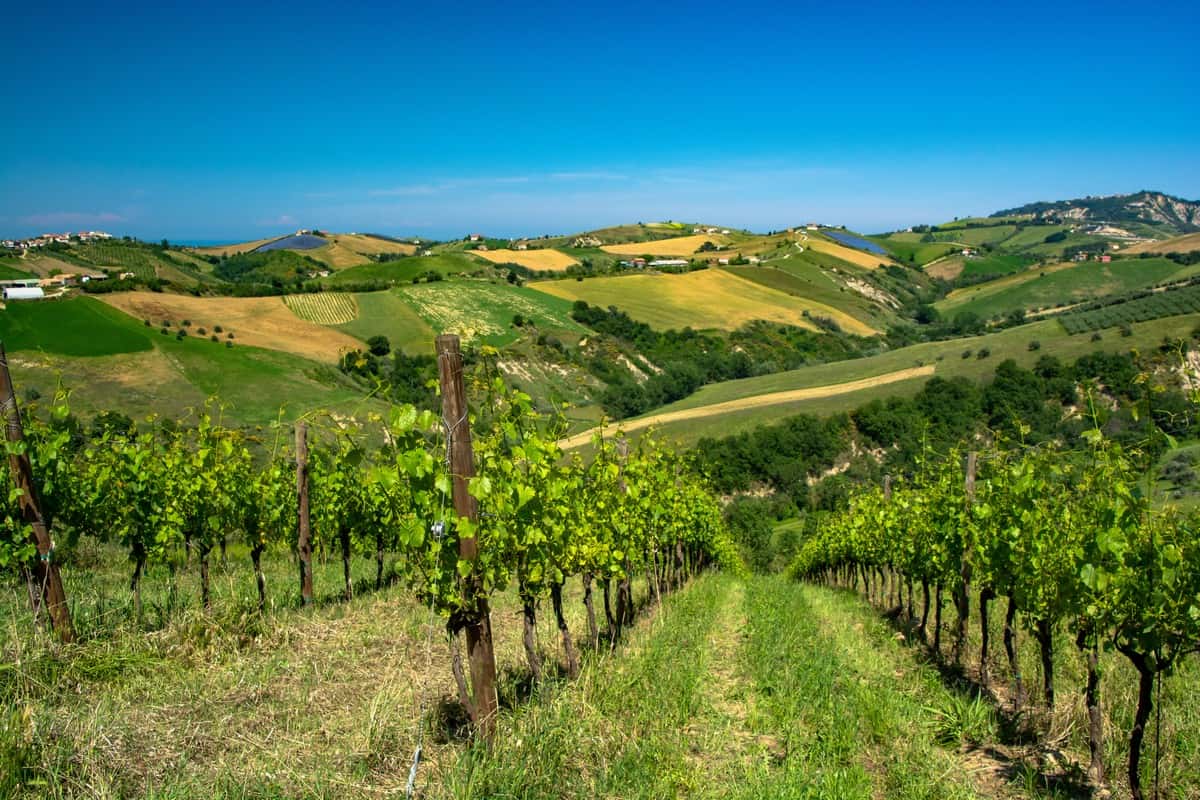 Global wine consumption at a historic low and vineyards in decline. The OIV report outlines a 2024 to forget
Global wine consumption at a historic low and vineyards in decline. The OIV report outlines a 2024 to forget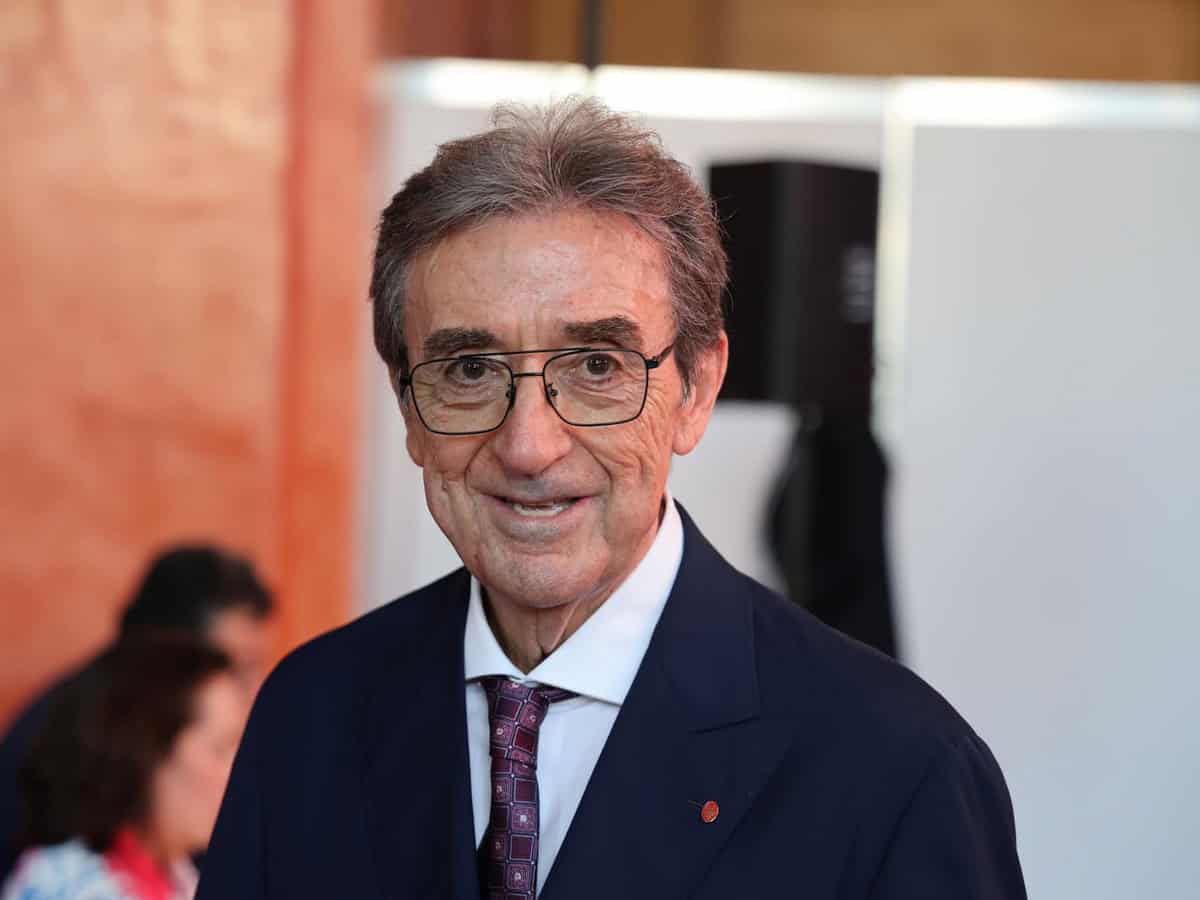 Oenologist Riccardo Cotarella will also produce dealcoholised wine: "My first bottle will be out in October and it won’t be bad"
Oenologist Riccardo Cotarella will also produce dealcoholised wine: "My first bottle will be out in October and it won’t be bad" Dear natural wine world, enough with the constant polemics. If you don’t want to self-ghettoise, self-criticism is needed
Dear natural wine world, enough with the constant polemics. If you don’t want to self-ghettoise, self-criticism is needed



